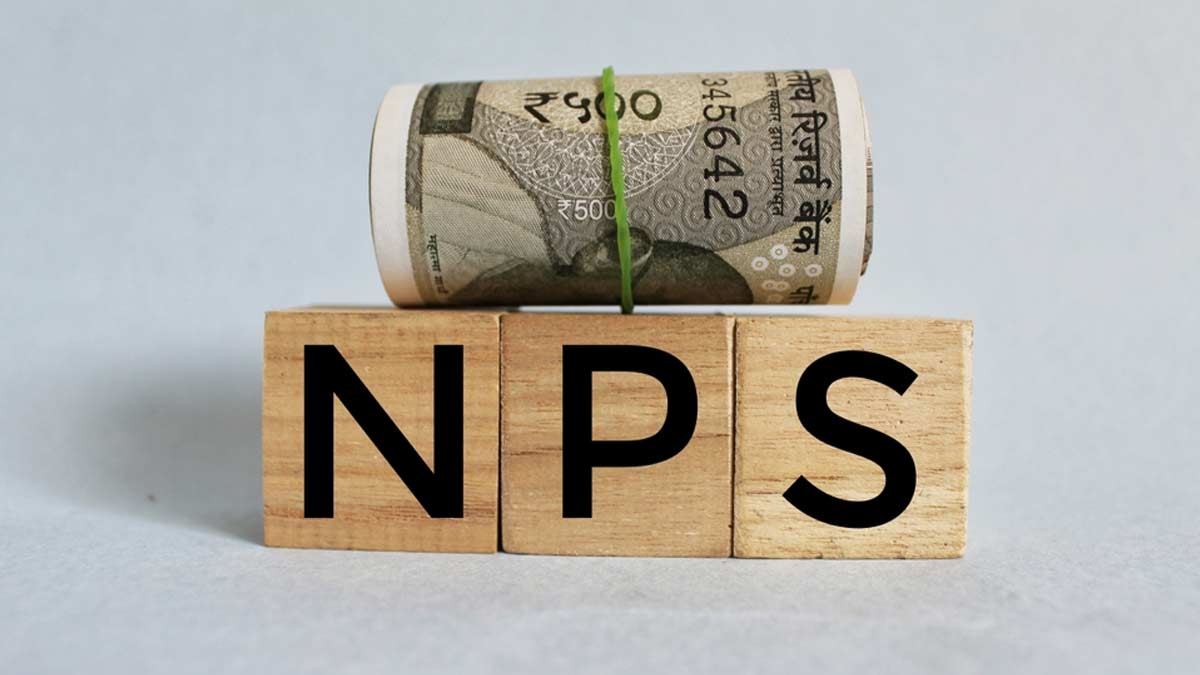
Money Matters: All You Need To Know About NPS For NRIs
Planning for retirement is crucial for everyone, and NRIs (Non-Resident Indians) are no exception. While navigating financial options from abroad can be complex, the National Pension Scheme (NPS) offers a compelling solution for NRIs seeking a secure and tax-efficient path to a comfortable retirement in India.
The National Pension Scheme (NPS) is a voluntary, long-term retirement savings scheme launched by the Government of India. Initially designed for Indian residents, the scheme has evolved to accommodate Non-Resident Indians (NRIs) as well. This article explores the key details of the NPS for NRIs, highlighting its features, benefits, and the process for NRIs to participate.
What Is NPS For NRIs?

The National Pension Scheme (NPS) is a voluntary, long-term investment scheme backed by the Government of India. It allows NRIs to contribute regularly towards a retirement corpus that offers market-linked returns and a guaranteed pension upon maturity.
Who Is Eligible?
- Accessible to any Non-Resident Indian (NRI) aged between 18 and 60, provided they submit the Know Your Customer (KYC) requirements.
- PIOs/ OCIs are not eligible.
Source of Contributions In NPS
- Non-Resident Ordinary (NRO) Account
- Non-Resident External Account (NRE) Account
Documents Required To Open An NPS Account
To initiate the NPS account opening process, the applicant must submit the following documents:
- A duly filled subscriber registration form.
- Details of his/her NRE/NRO account.
- A photocopy of the passport.
- Proof of address, if the local address differs from the address mentioned in the passport.
1
2
3
4
Minimum Account Opening Contribution In NPS
The minimum initial contribution required to open an account is Rs 500, and the minimum amount for each contribution is also Rs 500. The minimum contribution per annum is Rs 6000.
Benefits For NRIs:

- Secure Retirement: Build a substantial corpus (the total amount of money that all investors have put into a particular scheme) for a financially secure future.
- Tax Advantages: Reduce your taxable income and enjoy tax-free withdrawals.
- Market-Linked Returns: Grow your wealth with the potential for higher returns compared to traditional options.
- Flexibility: Choose your investment strategy and contribution amount based on your needs.
Don't miss: Money Matters: 5 Things NRIs Should Keep In Mind While Investing In Real Estate In India
Withdrawal Rules
1. Exiting NPS Before Age 60
For individuals opting to exit the NPS before reaching the age of 60, there is a mandatory annuitisation requirement of a minimum of 80%. A lump sum withdrawal of up to a maximum of 20% is permitted. If the corpus is less than Rs one lakh, a complete withdrawal option is available.
2. Attaining The Age of 60
Upon reaching the age of 60, NPS subscribers must annuitise a minimum of 40%, with a maximum lump sum withdrawal of 60%. If the corpus is less than Rs two lakh, a complete withdrawal option is accessible. Subscribers have the flexibility to remain invested in the NPS until the age of 70, with the possibility of making fresh contributions during this deferment period.
3. Subscriber's Death
In the unfortunate event of the subscriber's demise, the nominee has the option to receive 100% of the NPS pension wealth in a lump sum.
Don't miss: Money Matters: Things You Need To Know About Investing In Stocks For Beginners
Steps To Register For NPS For NRIs

As per the Ministry of External Affairs, here are some of the necessary steps that need to be followed to register for NPS:
1. The NRI initiates the NPS application process by downloading the NRI NPS Form, which is available through the PFRDA, the NPS Trust Website, and potentially on the websites of affiliated banks.
2. After obtaining the form, the NRI completes all the required details.
3. The filled-up form is then submitted to the NRI's bank branch in India for further processing.
4. The bank conducts a thorough verification of the NRO/NRE account particulars and subsequently forwards the completed form directly to the CRA (Central Record Keeping Agency). The NRI may choose to deposit a cheque or conduct the transaction through their bank during the NPS form submission.
5. The CRA digitises the application form and generates the Permanent Retirement Account Number (PRAN).
6. An email and SMS are sent to the NRI by the CRA, providing them with the PRAN number for their records.
7. With the PRAN in hand, the NRI can conveniently carry out subsequent transactions online, facilitating easy management of their National Pension Scheme (NPS) account.
For more such stories, stay tuned to HerZindagi.
Also watch this video
Herzindagi video
1
2
3
4